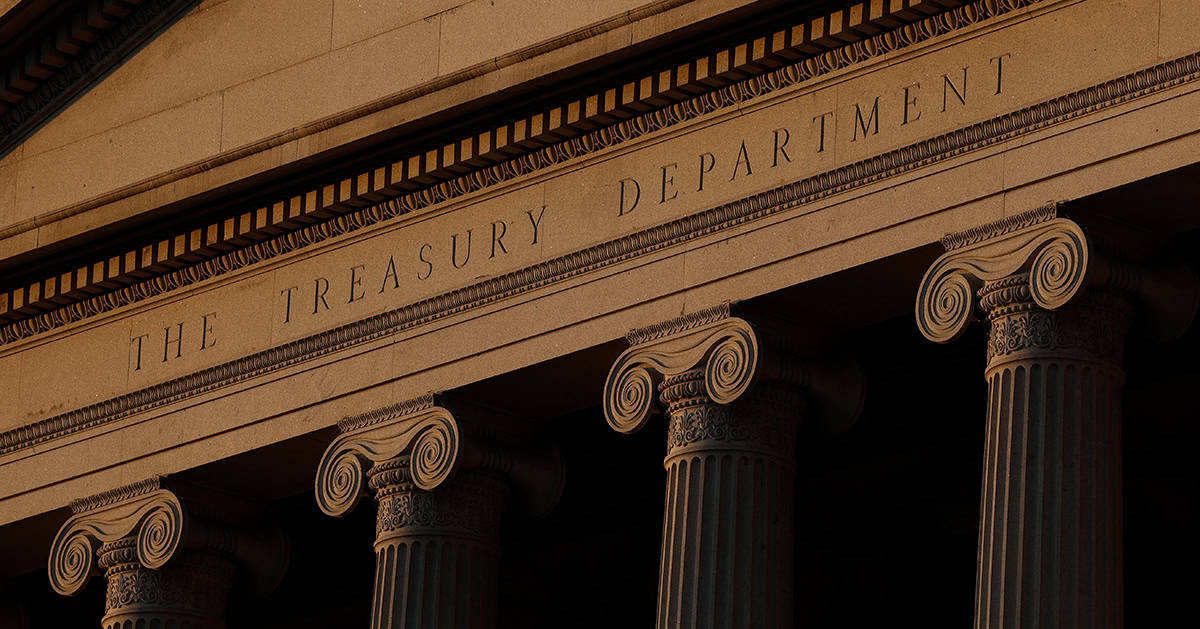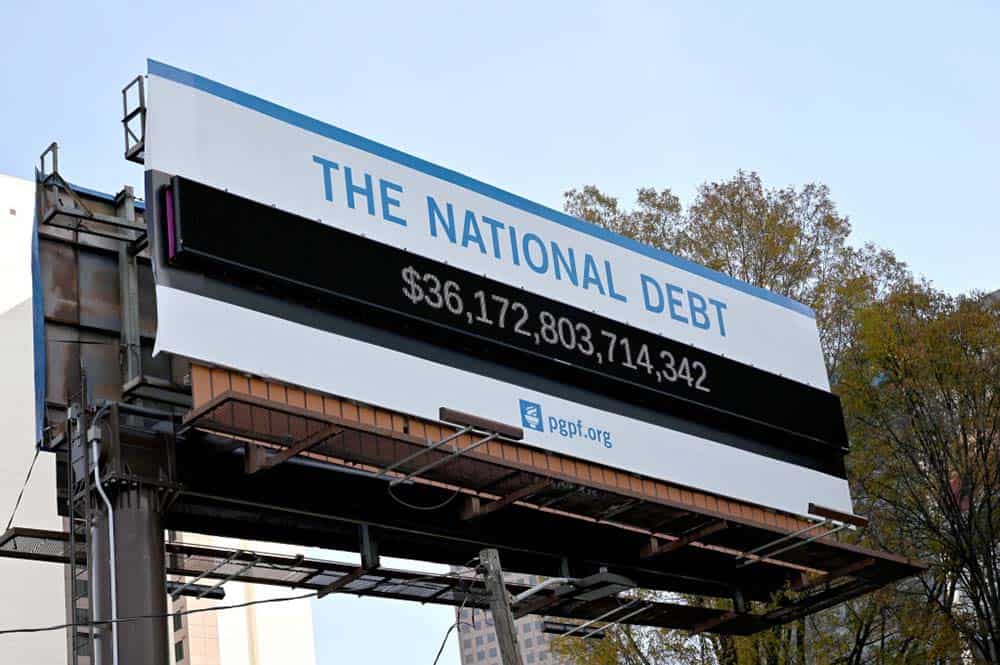The words debt and deficit come up frequently in discussions about the policy decisions that lawmakers face and are often confused for one another. So what exactly are the differences between the deficit and the debt?
What Is the Federal Budget Deficit?
The deficit is the annual difference between government spending and government revenue. Every year, the government takes in revenues in the form of taxes and other income, and spends money on various programs, such as national defense, Social Security, and healthcare. If the government spends more than it takes in, then it runs a deficit. If the government takes in more than it spends, it runs a surplus.
The U.S. government has run a deficit since 1970 in all but four years (1998–2001) and annual deficits are projected to increase from now to 2054.
What Is the Federal Debt?
The debt is the total amount of money the U.S. government owes. It represents the accumulation of past deficits, minus surpluses. Debt is like the balance on your credit card statement, which shows the total amount you have accrued over time. The Congressional Budget Office found that debt held by the public in 2023 was $26.2 trillion, or 97 percent of GDP.
Historically, periods with spikes in deficits and corresponding increases in the national debt have been periods associated with war or a severe economic downturn. Today, deficits have become the norm and are no longer caused by periodic spikes in wartime or recession-related spending, but rather by a long-term, structural mismatch between spending and revenues.
Looking Forward
By addressing that mismatch, policymakers can put our nation on a better path for economic growth, opportunity, and prosperity. A strong fiscal foundation creates positive conditions for growth, including increased access to capital, more resources for public and private investments in our future, improved consumer and business confidence, and a stronger safety net. No single approach will be perfect in everyone’s eyes, but leaders can draw upon the many good ideas that have been put forward from across the ideological spectrum in order to help ensure a brighter economic future for the next generation.
Photo by Stefano Salvetti/Getty Images
Further Reading
Why Is the Federal Deficit High If Unemployment Is Low?
The U.S. is experiencing an unusual and concerning phenomenon — the annual deficit is high even though the unemployment rate is low.
Delaying Fiscal Reform is Costly, Annual Treasury Report Warns
The Treasury projects that debt as a percentage of GDP will grow to more than five times the size of the U.S. economy in the next 75 years.
How Much Is the National Debt? What Are the Different Measures Used?
There are three widely used measures of federal debt. What are the important differences between these measurements?


